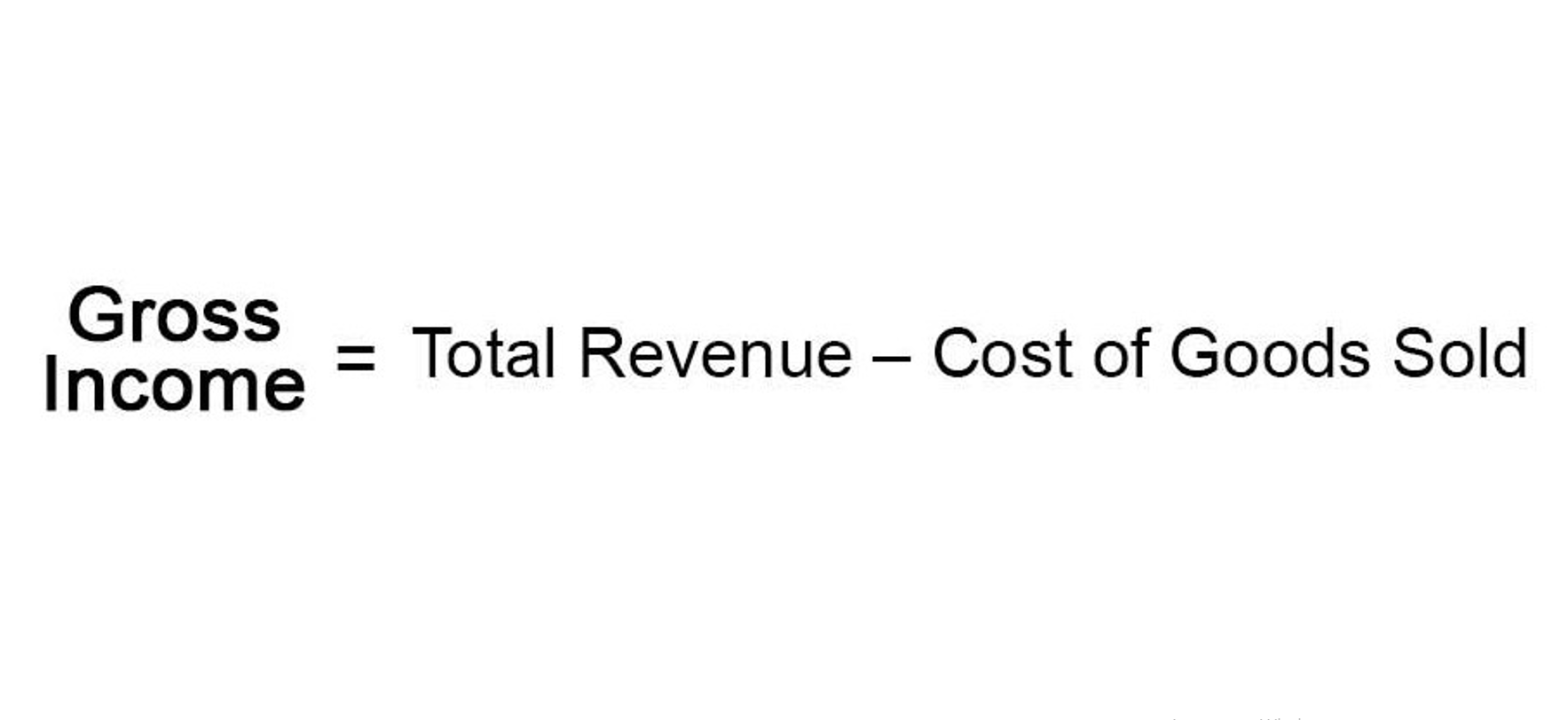
This type of budgeting may discourage the production of innovative ideas and growth. Since new budgets are based on figures from previous budgets, there is little room for the financing of completely new ideas or activities. Thus, the budgeting process discourages the implementation of new ideas and fosters a conservative business environment. If we break this down further, we can identify five primary advantages of adopting a priority based budgeting approach.
What are the challenges of PBB?

Compare your projections with actual outcomes to see how you’re doing and make adjustments as needed. ♦ It involves use of management tools such as – work measurement, bench marking and unit costing etc. to prepare a budget. These factors help to ensure that the overall performance is improved across the organization because they reason that it contributes positively to stretching their limits. The main advantage of Performance Budgets is that it helps the companies identify accountable personnel and departments that are not performing up to the mark. Similarly, if the procurement department is instructed to lower the purchase costs by 10%, they would be expected to follow the same protocol.
Budget Management Analysis Essay

♦ Performance Budgeting implies that the budget must clearly indicate the actual achievement or output, expected by spending a particular amount on a particular activity. Hence, It is an output oriented budget that focuses more on achievement rather than means of achievements. For example, if the sales department has a performance budget of increasing sales by 30%, they would work towards this aim.
- The main advantage of Performance Budgets is that it helps the companies identify accountable personnel and departments that are not performing up to the mark.
- There are qualitative considerations where value goes beyond the cash that you’ve got available, which means numbers, needs, and wants can’t be your only points of reference.
- One disadvantage is the complexity and time-consuming nature of implementing and maintaining a performance-based budgeting system.
- You can always take time to learn how to manage finances like this from industry experts, but then that means you’re taking another commitment that you may not have time to manage.
Types of Budgets: Key Methods & Their Pros and Cons
Euna Solutions, a leader in government technology, designs, builds, delivers, and supports trusted procurement, payments, grants management, and budgeting software for the public sector. Evaluate each department to determine performance objectives for your budgeting period and clearly HOA Accounting communicate the strategy to your team or departments. We want buy-in and acceptance from the entire organization in the budgeting process, but we also want a well-defined budget and one that is not manipulated by people. The three themes outlined below need to be taken into consideration with all types of budgets. Linking budgets to clear outcomes seems like a smart way to improve how resources get used. ♦ The costs and benefits of each activity are analysed for making decisions regarding allocation of funds.
- Organizations create defined goals before allocating resources to align spending with intended outcomes.
- Site-based budgeting places local managers and other staff at the center of the budget preparation process, making them responsible for both the preparation and the maintenance of the budget.
- This short-sighted approach can result in missed opportunities that could have positioned the organization for success in an evolving market.
- Since it uses the budget for the current period to project the future budget, it does not require complex calculations.
- One significant advantage of performance budgeting in the nonprofit sector is aligning donor objectives with organizational goals.
- These goals should serve as the basis for budget requests, ensuring that departments and programs justify their funding needs based on expected results.
- This unique approach is commonly embraced in various sectors, including government bodies and agencies, to ensure that taxpayer funds are put to good use.
- To implement a performance budgeting system, organizations must invest in large infrastructure investments for data collection, processing, and reporting.
- These long-term investments can include research and development or worker training.
- On the other hand, if a company notices its expenses are increasing while revenue does not, this can indicate a real problem area.
- Performance budgets, as the theory goes, are designed to motivate workers, increasing their commitment to the project and making it more likely that they will produce the desired results.
A performance budget is a results-oriented method of budgeting that revolves around desired outcomes. The goals and objectives of the project are at the center of the performance based budgeting advantages and disadvantages budget, which reflects the input of resources and the output of services for each unit of an organization. The zero-based budgeting method looks at a cost-benefit analysis in the present time. That means you’re accounting for all of the cash flows in a specific snapshot.

Accounting system, financial policy should also be modified for the purpose. (a) The success or failure of performance budgeting depends on a well-established accounting system. For companies involved in multiple projects, they might apply ZBB for each new project to justify all costs. Alternatively, for long-term projects, rolling forecasts can be used to update the budget based on the project’s progress and changing conditions. Companies might use traditional budgeting for the start of the year but employ rolling forecasts to adjust projections as the year progresses and new data becomes available.

With budgets based on historical allocations, it becomes easier to assess how well departments or programs adhere to their budgets over time. This methodology encourages managers to justify their budget requests based on previous expenditures, fostering a culture of transparency and responsibility. It requires agencies to establish performance measures, monitor progress, and regularly report on their performance to stakeholders, including policymakers and citizens.

Performance Budget: History, Meaning, Steps and Stages
One major disadvantage to performance budgeting is the relative cost between two divisions. Supplies, workload and office needs may differ from one aspect of the agency to the next, which makes larger budgets more challenging. Some department heads may inflate or bloat their successes to ensure better funding during the next budget cycle. Performance budgets are great for routine programs, but if emergency needs arise there may be hassles to try to get more funding. The purpose of budgeting is to help businesses make informed decisions about how to allocate their resources and manage their https://jebret69.net/understand-period-costs-with-these-facts-and/ cash flow effectively. A budget can also be used as a tool for measuring performance and tracking progress toward achieving financial goals.
